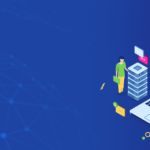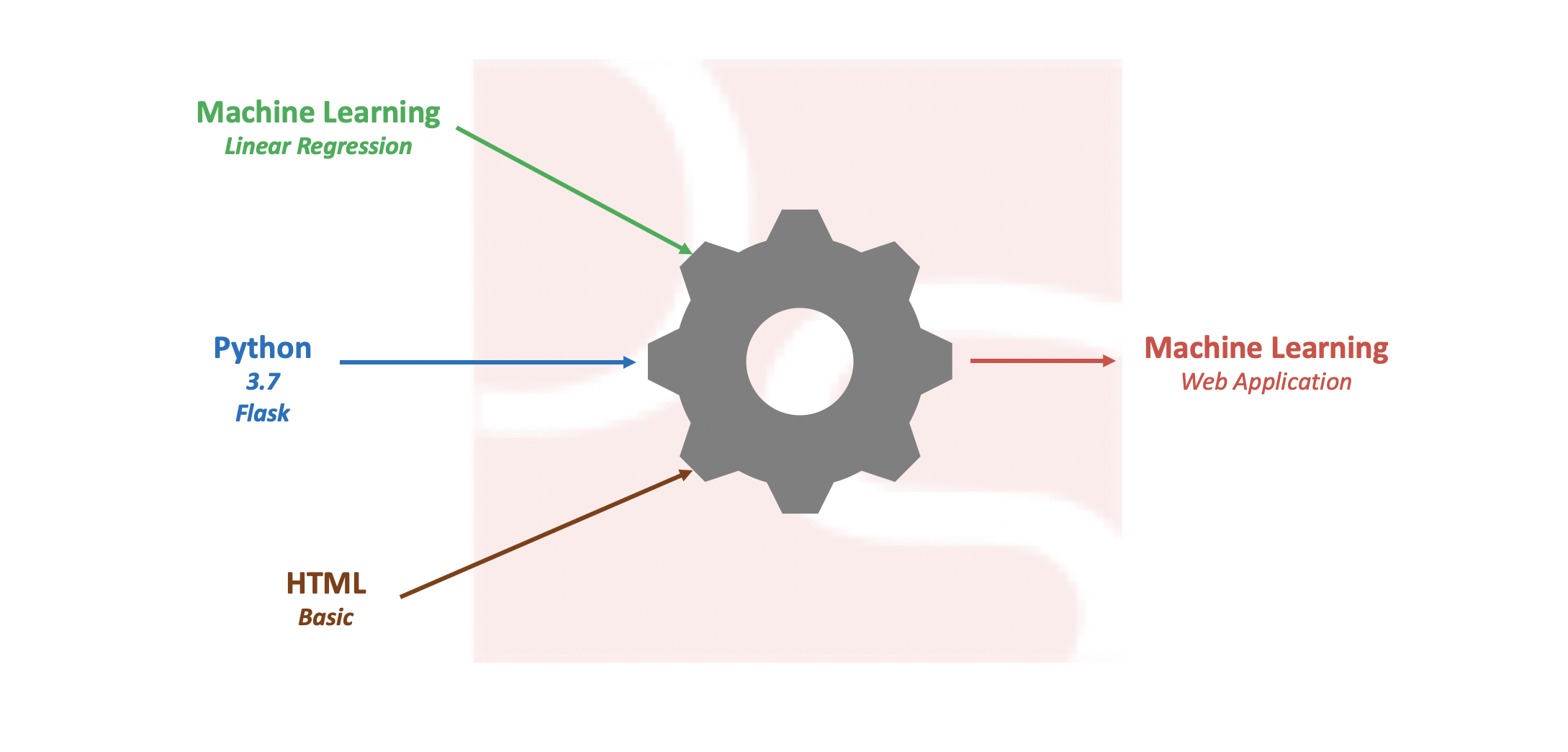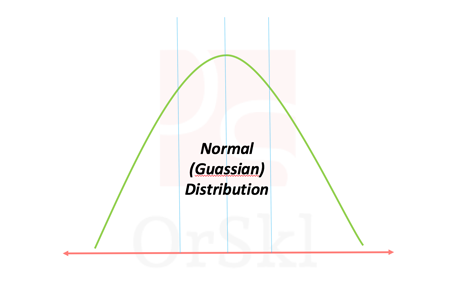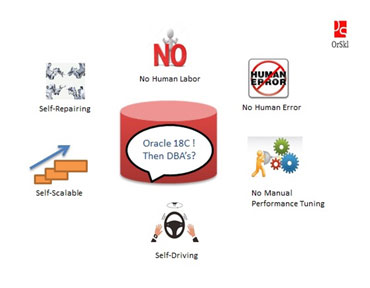Are you a new bee to Oracle Database Administration and searching for best suitable course? This course is very apt for you to begin the career as Oracle DBA. If you are looking for basic, strong and real hands on training on SQL, Linux and Oracle 12c database architecture concepts then you are at the right course. You will be introduced to this DBA role and get your hands dirty with concepts and basic activities that every DBA does in their day-to-day job as a beginner.
Get hands-on experience on standalone Oracle 12c Database environment now.
- Install and Implement yourself.
- Simple and easy to understand.
- Meet industry standards.

Pre-requisites (Free)
No Pre-requisites needed
System Requirements
CPU:Minimum of Dual Core processor
Memory: 3 GB
OS: Windows/MacOS
Space: 40 GB of disk spac
Training Details
13 SQL, 4 Linux and 32 DBA Sessions.
Trainer: Pawan Kumar Yaddanapudi.
Includes supporting documents, software’s and Log files.
Anytime assistance.
Video tutorials
Learn at your own pace.
Saves 50% of your money.
Revise any number of times for 6 months.
Assured quality and content as classroom/online training.
Online training
One scheduled session per day.
Good internet connectivity required.
Batch of minimum 5 students.
SQL Fundamentals-I
- INTRODUCTION
- Overview
- Oracle account
- Oracle Live SQL account
- Accessing Live SQL
- RDBMS & Oracle
- RDBMS vs EXCEL
- RETRIEVING DATA USING THE SQL SELECT STATEMENT
- Basic SELECT statement
- Arithmetic expressions and NULL values in the SELECT statement
- Column aliases
- Use of concatenation operator, literal character strings, alternative quote operator, and the DISTINCT keyword
- Remove DUPLICATE rows
- DESCRIBE command
- Limit the rows that are retrieved by a query
- Sort the rows that are retrieved by a query
- Use ampersand substitution to restrict and sort output at run time
- Describe various types of functions available in SQL
- Use character, number, and date functions in SELECT statements
- Implicit and explicit data type conversion
- TO_CHAR, TO_DATE, TO_NUMBER functions
- Nesting functions
- General functions
- Conditional expressions
- Types and syntax
- Use AVG, SUM, MIN, MAX, COUNT
- Use DISTINCT keyword within group functions
- NULL values in a group function
- Grouping rows
- HAVING clause
- Types of JOINS and its syntax
- Natural join
- USING clause
- ON clause
- Self-join
- Nonequijoins
- OUTER join
- LEFT OUTER join
- RIGHT OUTER join
- FULL OUTER join
- Cartesian product
- Cross join
- Subquery: Types, syntax, and guidelines
- Single-row subqueries
- Group functions in a subquery
- HAVING clause with subqueries
- Multiple-row subqueries
- Use ALL or ANY operator
- Null values in a subquery
- Types and guidelines
- Tables used in this lesson
- UNION and UNION ALL operator
- INTERSECT operator
- MINUS operator
- Matching the SELECT statements
- Using the ORDER BY clause in set operations
- Adding new rows in a table
- INSERT statement
- Changing data in a table
- UPDATE statement
- Removing rows from a table
- DELETE statement
- TRUNCATE statement
- Database transactions control using COMMIT, ROLLBACK, and SAVEPOINT
- Read consistency
- FOR UPDATE clause in a SELECT statement
- Database objects
- Naming rules
- CREATE TABLE statement
- Access another user’s tables
- DEFAULT option
- Data types
- Overview of constraints: NOT NULL, PRIMARY KEY
- FOREIGN KEY, CHECK constraints
- Creating a table using a subquery
- ALTER TABLE
- Read-only tables
- DROP TABLE statement
- Overview of views
- Creating, modifying, and retrieving data from a view
- DML operations on a view
- Dropping a view
- Overview of sequences
- Creating, using, and modifying a sequence
- Cache sequence values
- NEXTVAL and CURRVAL pseudocolumns
- Overview of indexes
- Creating, dropping indexes
- Overview of synonyms
- Creating, dropping synonyms
LINUX – BASICS
- LINUX INSTALLATION
- Installation of software to install virtual servers
- Installation of Enterprise Linux – Compatible to Oracle
- Configure Putty
- LINUX COMMANDS
- List all the LINUX/UNIX commands DBA needs
- Understand the functionality of each command
ORACLE DATABASE ADMINISTRATION
- INSTALL ORACLE DATABASE – NON CDB
- Software’s introduction
- OEL installation
- OS Network configuration
- Putty configuration
- OS – pre-requisites
- Install Oracle software
- Install oracle network configuration
- Install oracle database
- Demonstrate connecting method to database
- purpose of oraenv
- start/stop listener and database
- Check Oracle inventory
- purpose of /etc/oratab file
- ORACLE DATABASE ARCHITECTURE 1 – NON CDB
- Connecting to a Server
- Oracle Database Architecture: Overview
- Connecting to the Database
- Interacting with an Oracle Database
- Oracle Database Server Structures
- Oracle Database Memory Structures
- Database Buffer Cache
- Redo Log Buffer
- Shared Pool
- Allocation and Reuse of Memory in the Shared Pool
- Large Pool
- Java Pool and Streams Pool
- Fixed SGA
- In-Memory Column store
- Types of Applications – Real Time
- ORACLE DATABASE ARCHITECTURE 2 – NON CDB
- Process Architecture
- Categories – Processes
- PGA
- Database Writer Process (DBWn)
- LogWriter Process (LGWR)
- Checkpoint Process (CKPT)
- System Monitor Process (SMON)
- PMON
- RECO
- ARCn
- LREG
- Redo Cycle
- Other background processes
- New Architecture Reference Image
- STORAGE & IN-MEMORY ARCHITECTURE – NON CDB
- Introduction to Storage architecture – Linux Installation
- Logical and Physical Database Structures
- Tablespaces and Data Files
- SYSTEM and SYSAUX Tablespaces
- Segments, Extents, and Blocks
- In-Memory Cache – Database
- Connect the dots
- INITIALIZATION PARAMETER FILES – NON CDB
- SPFILE and PFILE
- Create spfile from pfile
- Create pfile from spfile
- Simplified Initialization Parameters
- Deal with parameters
- Change dynamic and static parameters with SPFILE
- Change dynamic and static parameters with PFILE
- DATABASE STARTUP AND SHUTDOWN – NON CDB
- Startup Options: Stair up
- Shutdown Options: Stair down
- Viewing the Alert Log
- Using Trace Files
- What is DDL & Debug Log files
- Dynamic Performance Views
- Data Dictionary
- CONFIGURING THE ORACLE NETWORK ENVIRONMENT – NON CDB
- Oracle Net Services
- Oracle Net Listener
- Establishing Net Connections
- Establishing a Connection – Client exercise
- Oracle client installation
- User Sessions
- Database Service Registration
- Tools for Configuring and Managing the Oracle Network
- Listener Control Utility
- Changing Listener NAME
- Naming methods
- Easy Connect
- Local Naming
- Directory Naming
- External Naming Method
- Testing Oracle Net Connectivity
- User Sessions: Dedicated Server
- User Sessions: Shared Server
- Configuring Communication Between Databases
- MANAGING DATABASE STORAGE STRUCTURES – NON CDB
- Table in datafiles
- What in blocks?
- Tablespaces and Data Files
- Space Management in Tablespaces
- Creating a New Tablespace
- Tablespaces in the Preconfigured Database
- Dropping Tablespaces
- Viewing Tablespace Information
- Viewing Tablespace Contents
- OMF – Oracle Managed Files
- Enlarging the Database
- Automatic Storage Management
- List of Tablespace management activities – SRT
- ADMINISTERING USER SECURITY – NON CDB
- Database User Accounts
- Predefined Accounts
- Password file
- Administrator Authentication
- Creating a User
- Drop a user
- Unlocking a User Account and Resetting the Password
- Reset password with HASH value
- System and Object Privileges
- Benefits of Roles
- Assigning Privileges to Roles and Assigning Roles to Users
- Predefined Roles
- Create & Assigning Roles
- DBMS_PRIVILEGE_CAPTURE in 12c
- Profiles and Users
- Password security in 12c
- MANAGING UNDO DATA – NON CDB
- What is Undo?
- Transactions and Undo Data
- Storing Undo Information
- Undo Data Versus Redo Data
- Managing Undo
- Configuring Undo Retention
- Guaranteeing Undo Retention
- Changing an Undo Tablespace to a Fixed Size
- Temporary Undo – in 12c
- DATA CONCURRENCY MANAGEMENT – NON CDB
- Oracle locks
- Concurrency
- Role of Enqueues
- Handling conflicts
- Deadlocks
- PERFORMANCE MAINTENANCE – NON CDB
- Terminology
- Types
- Performance Planning
- Tune Instance
- Tuning methodology
- Sessions
- Waits
- Memory management
- AMM & ASMM
- SQL Tuning
- Optimizer
- Optimizer statistics
- SQL Tuning Advisors
- BACKUP AND RECOVERY CONCEPTS – NON CDB
- Responsibilities
- Categories of Failure
- Details of Failures
- Flashback basics
- Understanding Instance Recovery
- Phases of Instance Recovery
- Complete vs Incomplete Recovery
- Available Solutions
- Configuring for Recoverability
- Configuring the Fast Recovery Area
- Multiplexing Control Files
- Redo Log Files
- Archive Log Files
- Enabling ARCHIVELOG Mode
- ORACLE DATABASE BACKUPS – NON CDB
- Backup Solutions: Overview
- Oracle Secure Backups
- User-Managed Backup
- Terminology
- Full & Incremental backups
- Recovery Manager (RMAN)
- Configuring Backup Settings
- Backing Up the Control File to a Trace File
- Creating Backups
- Viewing Backup Reports
- Monitoring the Fast Recovery Area
- ORACLE DATABASE RECOVERY – NON CDB
- Keeping a Database Open
- Data Recovery Advisor
- Data Failure: Examples
- Loss of a Control File
- Loss of a Redo Log File
- Loss of a Data File in NOARCHIVELOG Mode
- Loss of a Noncritical Data File in ARCHIVELOG Mode
- Loss of a System-Critical Data File in ARCHIVELOG Mode
- REFRESHING DATA – NON CDB
- Moving Data: General Architecture
- SQL*Loader: Overview
- Loading Data with SQL*Loader
- Loading Methods
- External Tables Overview
- Using External Tables
- Oracle Data Pump: Overview
- Oracle Data Pump: Benefits
- Data Pump Export and Import: Overview
- Data Pump Utility: Interfaces and Modes
- Data Pump Import
- Data Pump Import: Transformations
- ORACLE CDB ARCHITECTURE 1
- Containers Introduction
- Installing CDB database
- CDB database checks
- Benefits of CDB
- CDB Configs
- CDB Architecture overview
- CDB Process Architecture
- CDB Memory Architecture
- ORACLE CDB ARCHITECTURE 2
- CDB Storage Architecture
- CDB Initialization Parameters
- CDB Instance Management
- CDB Network Management
- CDB Tablespaces
- CDB User Management
- ORACLE CDB ARCHITECTURE 3
- CDB Undo Data
- Data Concurrency in CDB
- RMAN CDB
- Recovering CDB
- CDB Performance Management
- CDB Data Refresh
- WORKING WITH DATABASE TOOLS & OTHER OBJECTS
- Oracle DB Management Tools
- SQL Plus
- SQL developer
- Oracle Enterprise Manager Express
- OEM Cloud Control
- PL/SQL Objects
- WORKING WITH SUPPORT
- Working with Oracle Support
- Using MetaLink
- Researching an Issue
- Logging Service Requests
- Managing Patches
- Applying a Patch Release – SPU patch example
- Online patching
- Identify list of patches installed
- Find OPatch version
Frequently Asked Questions (FAQs)
Wondering what ORSKL can do for you?
Related Posts
There are many variations of passages of Lorem Ipsum available but majority have suffered alteration in some.There are many variations.
- myadmin
- Data Analytics
- 1 Comments
Build Simple Machine Learning Web Application using Python
Pre-processing data and developing efficient model on a given data set is one of the daily tasks of machine learning engineer with commonly used languages like Python or R. Not every machine learning engineer would get a chance or requirement to integrate the model into real time applications like web or mobile for end users […]
- myadmin
- Data Analytics
- 0 Comments
Ways to identify if data is Normally Distributed
Normal distribution also known as Gaussian distribution is one of the core probabilistic models to data scientists. Naturally occurring high volume data is approximated to follow normal distribution. According to Central limit theorem, large volume of data with multiple independent variables also assumed to follow normal distribution irrespective of their individual distributions. In reality we […]
- myadmin
- Data Analytics
- 0 Comments
Will highly correlated variables impact Linear Regression?
Linear regression is one of the basic and widely used machine learning algorithms in the area of data science and analytics for predictions. Data scientists will deal with huge dimensions of data and it will be quite challenging to build simplest linear model possible. In this process of building the model there are possibilities of […]
- myadmin
- General topics
- 14 Comments
Will Oracle 18c impact DBA roles in the market?
There has been a serious concern in the market with announcement of Oracle Autonomous database 18c release. Should this be considered as a threat to Oracle DBA’s roles in the market? Let us gather facts available on the Oracle web to understand what exactly this is going to be and focus on skill improvements accordingly. […]
- myadmin
- General topics
- 4 Comments
How Oracle database does instance recovery after failures?
INSTANCE RECOVERY – Oracle database have inherit feature of recovering from instance failures automatically. SMON is the background process which plays a key role in making this possible. Though this is an automatic process that runs after the instance faces a failure, it is very important for every DBA to understand how is it made […]
- myadmin
- Performance tuning
- 16 Comments
Why should we configure limits.conf for Oracle database?
Installing Oracle Database is a very common activity to every DBA. In this process, DBA would try to configure all the pre-requisites that Oracle installation document will guide, respective to the version and OS architecture. In which the very common configuration on UNIX platforms is setting up LIMITS.CONF file from /etc/security directory. But why should […]
- myadmin
- RMAN
- 9 Comments
Why RMAN needs REDO for Database Backups?
RMAN is one of the key important utility that every Oracle DBA is dependent on for regular day to day backup and restoration activities. It is proven to be the best utility for hot backups, in-consistent backups while database is running and processing user sessions. With all that known, as an Oracle DBA it will […]
- myadmin
- General topics
- 10 Comments
Will huge Consistent Reads floods BUFFER CACHE?
Oracle Database BUFFER CACHE is one of the core important architectural memory component which holds the copies of data blocks read from datafiles. In my journey of Oracle DBA this memory component played major role in handling Performance Tuning issues. In this Blog, I will demonstrate a case study and analyze the behavior of BUFFER […]
- myadmin
- Storage
- 11 Comments
Can a data BLOCK accommodate rows of distinct tables?
In Oracle database, data BLOCK is defined as the smallest storage unit in the data files. But, there are many more concepts run around the BLOCK architecture. One of them is to understand if a BLOCK can accommodate rows from distinct tables. In this article, we are going to arrive at the justifiable answer with […]
- myadmin
- Performance tuning
- 32 Comments
Can you really flush Oracle SHARED_POOL?
One of the major player in the SGA is SHARED_POOL, without which we can say that there are no query executions. During some performance tuning trials, you would have used ALTER SYSTEM command to flush out the contents in SHARED_POOL. Do you really know what exactly this command cleans out? As we know that internally […]












